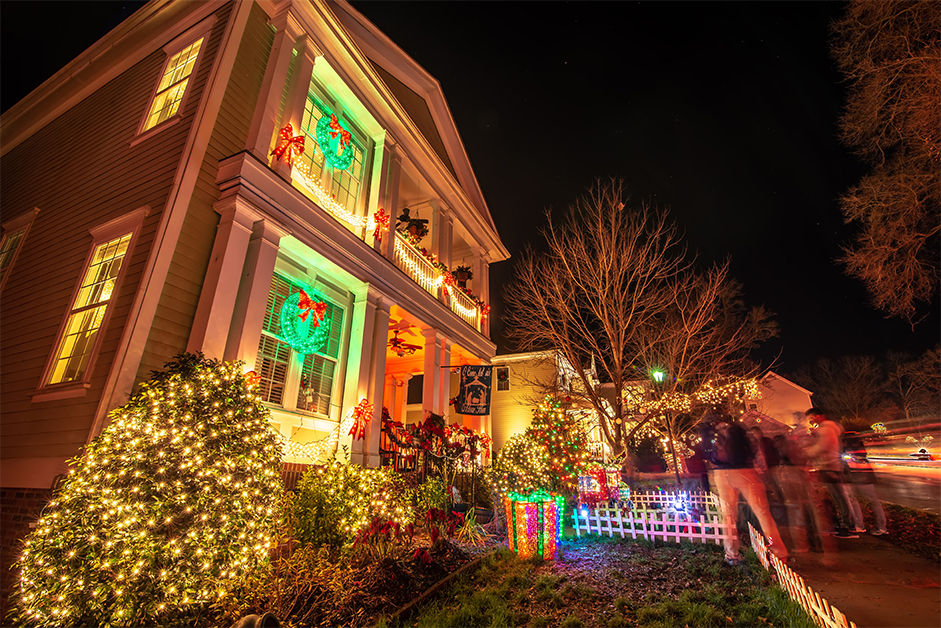by MEGAN TAYLOR
It seems as if everyone considers themselves to be just a little bit Irish every year when March 17, St. Patrick’s Day rolls around. From the celebrations to the fanfare, St. Patrick’s Day is a favorite holiday for many people, including those who have Irish ancestry, such as myself.
My family lineage consists of ancestors coming to the United States from Ireland. This part of my family background has interested me most and inspired me to do some research to learn what it really means to be Irish. While digging, I discovered a few fun facts about my heritage, Ireland, and Irish culture in general. So, as you celebrate St. Patty’s Day with a drink, soda bread, corned beef and cabbage, or whatever your fancy is, test your knowledge of the day and the culture that brought it to you with these facts below.
- St. Patrick, the patron saint of Ireland and the person the holiday is named after, isn’t truly Irish. Sorry to burst your bubble, but St. Patrick was born in Great Britain in the 4th century. He was brought to Ireland by Irish pirates who kidnapped him and made him a slave. He discovered his faith while spending time in prison and escaped after six years. As stated in St. Patrick’s own writing, a voice spoke to him in a dream and told him to leave Ireland. He traveled almost 200 miles to the coast and went back to Great Britain. Then, he was told once again to go back to Ireland as a missionary. While there, he became a priest and incorporated traditional Irish rituals into his messages to help convert people to Christianity. He died on March 17, 460 A.D.
- More Irish people are living abroad than in Ireland. Today, it is said that about 70 million people claim to be Irish throughout the world.
- Only 9-10% of the country is a natural redhead. Commonly associated with being Irish is having red hair. However, dark brown hair is actually the most common, followed by blonde hair coming in at around 15%.
- During the 1800s, a quarter of the population left Ireland for the United States. The Irish Potato Famine started in the 1840s and destroyed potato crops and other crops, resulting in the lack of food and people moving elsewhere.
- Along with St. Patrick’s Day, the origins and invention of Halloween comes from the Emerald Isle. Going back about 2,000 years, Halloween is similar to the Celtic Samhain Festival, which is usually celebrated at the end of summer on October 31st. People celebrated the event with bonfires and fireworks. They also believed that ghosts would return to the mortal world on October 31st and fires were lit to drive away evil spirits. Costumes were worn to avoid being taken to the underworld from the mortal world. As more Irish people migrated to the United States, their Halloween traditions came with them.
- The United States has the most people of Irish descent. About 9.5% or roughly 31.5 million people have Irish blood in them in 2021. 118,539 people living in the United States claimed Ireland as their birthplace and Cook County, Illinois is the nation’s county with the largest Irish American population with about 431,436 people.
- Nine signers of the Declaration of Independence had Irish ancestry. These signers were Matthew Thornton, James Smith, George Taylor, George Reed, Charles Carroll, Thomas Lynch, Jr., Thomas McKean, Edward Rutledge, and Charles Thompson.
- According to the general public, an Irish person can be characterized as being strong-willed, fiery, loves a good time, and easy going.
- The well-known Irish phrase “Top o’ the mornin to ya” isn’t really used any more. I know it is tempting to say (I almost typed it in another sentence in this article), but today, the phrase is considered to be more stereotypical and used when trying to imitate the Irish language – sorry, to again, burst your bubble.
There were many more facts about being Irish that I learned during my research. After reading my findings, I can easily see why people consider themselves to be Irish on March 17th. I think we can all agree that being (even just a little bit) Irish is fun and notable. When you have a moment, research your family’s ancestry and the fun facts surrounding it. Happy St. Patrick’s Day!



















